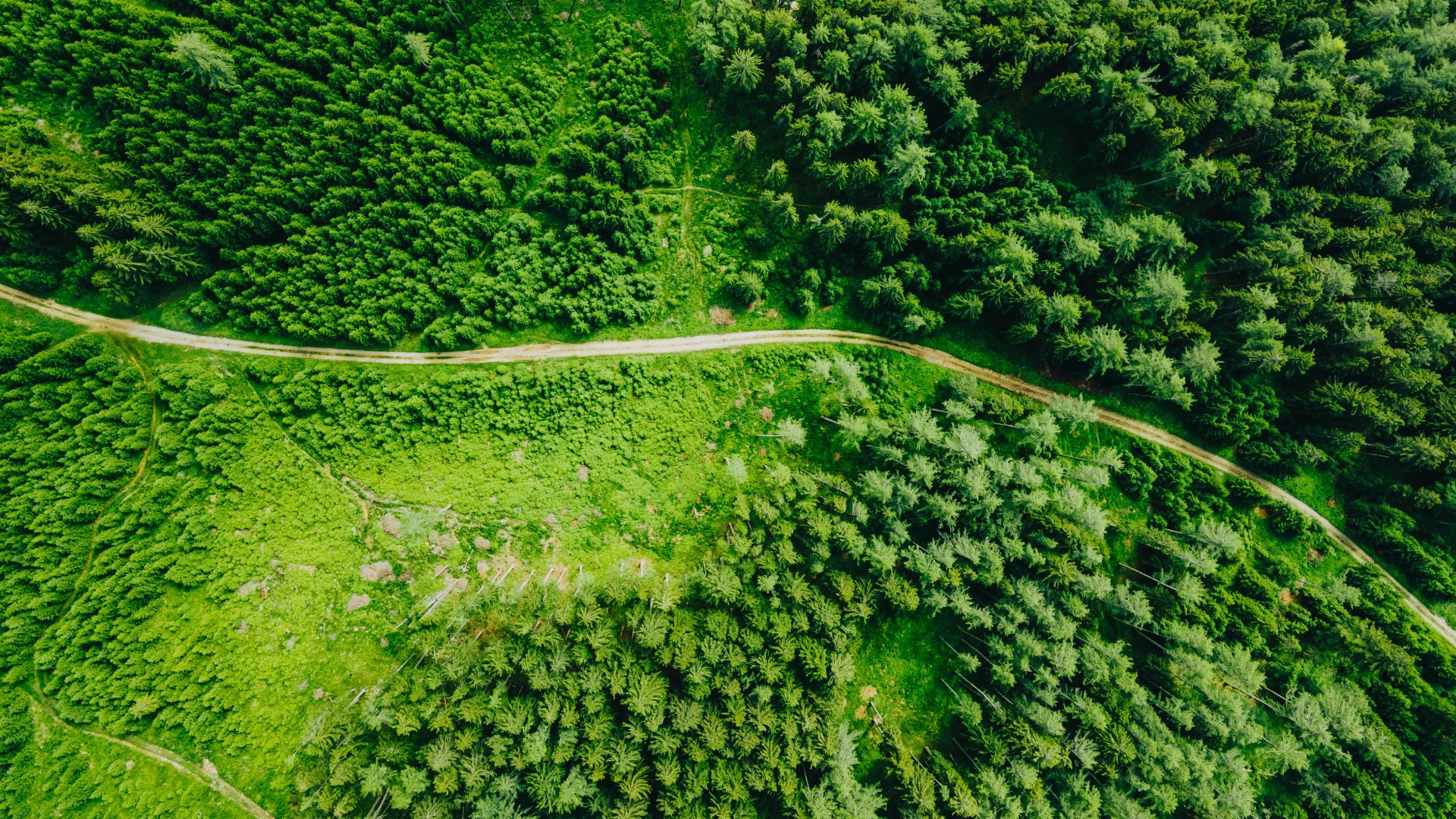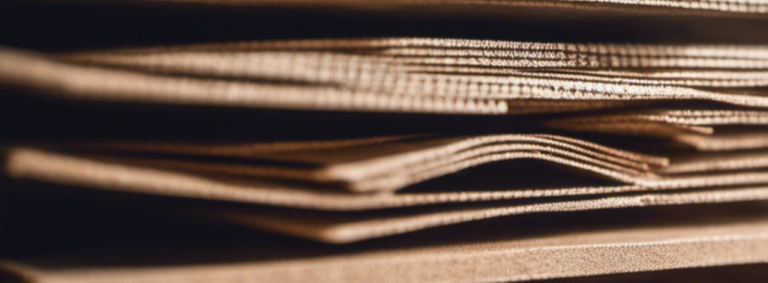In the world of corrugated board production, it's not just about making boxes; it's about delivering quality, savings, and a bottom-line boost. But what's often standing in the way? Warp – the elusive problem that can impact everything from quality to customer satisfaction. It's time for a game-changer, and it comes in the form of Exilva, a natural and bio-based performance enhancer.
Water based waterproofing elastomeric coatings, especially roof coatings, have become a hot topic lately. One reason for this is that they reduce the heat absorption of the buildings when compared to the traditional asphalt roofs. In addition to heat prevention and energy savings, waterproofing coatings protect the underlying surface from water, UV radiation, chemicals, and deterioration.
Recent awareness in sustainability as well as changes in the legislation regarding single-use products, has put significant pressure on the whole packaging industry. Although fiber-based packaging is regarded as the solution for replacing plastic, the current solutions have big challenges regarding, for example, the recyclability.
Our world is facing massive disruptions lately. Barely any service, raw material or product goes untouched through this period. Even the starch supply chain is facing wicked times, and every corrugator is affected by the massive price increase for starch. What if you could reduce your glue consumption by more than 15% just by adding a biobased additive to your existing recipe?
High-build coatings, also known as ultra high-build (UHB) coatings are paints that are applied in high wet film thickness ranging from 5 Mils to 60 plus Mils. UHB coatings are typically used in situations where long term protection is needed or the material coated is exposed to harsh conditions, ranging from heavy rain to salt water. These coatings are preferably applied in one coat to save cost, especially in more demanding environments, such as in the case of bridges or high buildings.
Approximately 410 Million m3 (2018) of wood panels are produced today and the most common types are medium density fiberboard (MDF), high density fiberboard (HDF), particle board (PB), plywood (Ply), and oriented strain boards (OSB). Globally plywood is very widespread/prevailing/prevalent owing to its high demand for furniture manufacturing in Asia Pacific and North Americas. In Europe particle board is dominating followed by MDF and plywood. The two most dominating applications are construction and furniture.
Agricultural formulations are commonly used by farmers to increase crop yields. These formulations either provide the crops with nutrients, such as liquid fertilizers (LFs), or protect the crops from diseases or pests or do both. Formulation stability is crucial to maintain a uniform and effective application.
Protecting crops from pests, weeds and fungal infections is key to maintaining the health of plants and improving crop-yields. Crop protection formulations, such as pesticides, herbicides, and fungicides, help with preserving crop robustness.
Seed coatings are a common method of seed treatment which applies the antimicrobial and/or fungicidal agents to the surface of a seed via additives, such as binders, to ensure adherence. The seed coatings ensure healthier crops from their earliest growth stage, reduce crop losses, and improve nutritional value of the final crop. Furthermore, seed coatings can physically modify the seed to improve handling by reducing friction and improving flowability.
Update!
We were recently featured in AgroPages about our solutions in agriculture. Read the full article here: https://news.agropages.com/News/NewsDetail---43008.htm









